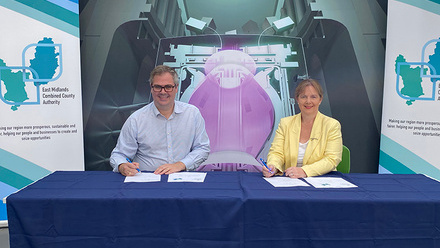Solar geoengineering not a 'sensible rescue plan', researchers say
Reflecting solar energy back to space could be counterproductive in battle against global warming.

A new study from researchers in London, China and Saudi Arabia on solar geoengineering, has identified a significant increase in the number and intensity of the naturally occurring climate phenomena, El Niño Southern Oscillation (ENSO), which is the warming phase of sea temperature and an indicator of global warming generally.
Emeritus Professor Joanna Haigh, Distinguished Research Fellow at Imperial and former Co-Director of the Grantham Institute, said, ‘The results of this study indicate that solar geoengineering can in no sense be viewed as a sensible rescue plan due to the potential to severely impact on temperature, precipitation, floods and drought patterns across the globe.’
Published in Atmospheric Chemistry and Physics, the research simulated three versions of the Earth’s climate using high-powered computers running the UK Met Office’s climate model, called HadCM3L. These three experimental Earths explored the consequences of increased atmospheric carbon dioxide concentrations with and without solar geoengineering, to see what would happen over a thousand years. These experiments are much longer than previous such studies and provide deeper insight into the potential implications of solar geoengineering.
Funded by the Swiss National Science Foundation and led by Dr Abdul Malik, Post-Doctoral Researcher at King Abdullah University of Science and Technology (KAUST) in Saudi Arabia, with colleagues at Imperial College London, UK and Zhejiang University in China, is said to offer the most detailed analysis yet and contributes to the ongoing Geoengineering Model Intercomparison Project (GeoMIP), which investigates the likely effects of geoengineering on the planet.







